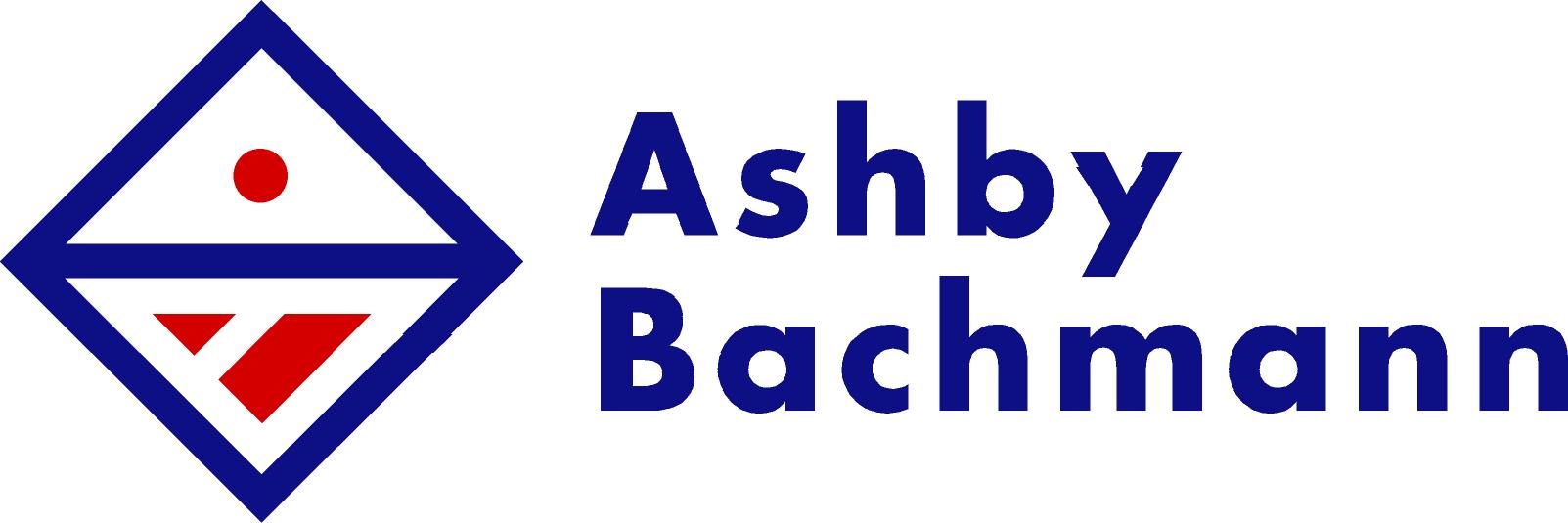Trade shows are a great way to introduce yourself to your marketplace. Whether you are launching a new product or service or confirming your continued existence, a booth at a trade show puts you in front of thousands of self-identified prospects. Depending on your business and business model, potentially just one of those prospects could fund the whole exercise.
But trade shows are not without their costs: registration, booth rental, signage and hand-outs, not to mention the time and expense of staffing the exhibit.
Having attended many trade shows, as both exhibitor and visitor, I know that many dreams of success are dashed long before the display is dismantled however. One-time exhibitors are the gravy on the event promoter’s meat and potatoes – the industry giants. But small businesses and entrepreneurs can be successful in trade shows too – it just takes a little bit of planning.
I can’t count the number of times I have entered an exhibit space just to ask “what are you selling?” I do this, not (only) because I am myopic and cannot read the banners and silent salesmen, but because none of it tells me what I need to know as a potential buyer.
Typically, the exhibitor’s reaction is to hand me a brochure, point to a banner and start describing the superiority of their offering. Frequently I have to cut them off to ask again – “what are you selling?”
With a little bit of planning, and a little outside help, the booth and the materials can be designed to draw in customers who want to buy exactly what you are offering.
Here are 12 simple steps to make the investment pay off:
- Research your competitors’ attendance and attempt to locate close to them – it seems counter-intuitive but it works. Why do you think car dealerships are all in a row on the main drag?
- Become familiar with your competitors’ marketing materials: web site, advertising and brochures. Identify the key words they use to describe their product – and their target market.
- Focus first on the similarities to your offering, not on the differences. Of course yours is better, faster, cheaper, more flexible, etc.
- Put yourself in your target market’s shoes and ask whether your competitors’ materials address themself to the market’s needs and wants.
- Now, think about how you can differentiate yourself (your unique selling proposition) … and put it aside!
- Brainstorm with others to find a compelling way to state your customers’ needs and how you meet them. Focus too on their points of pain, and how you can ease them. This is where a word-smith can pay dividends. Winning Words don’t cost, they earn!
- A picture is worth a thousand words, so consider using a graphic artist to augment the winning words with eye-catching graphics. Today it costs no more to print an attractive sales brochure than an ugly one.
- Develop and rehearse the sales pitch. Start by re-affirming the prospect’s needs, but be prepared to stop talking and start listening. Be sure to include statements about ‘why me’ (see item 5) and ‘why now’ (offer a ‘show special’ price or other ‘call to action’).
- Develop the banners and display materials to reflect the brief compelling statements which affirm your understanding of who the customer is and what the customer needs. Remember ‘less is more’, you want to bring them in to the booth, not satisfy them that they already know all about you.
- Develop a fast and efficient process to record the contact details of everybody who comes by – and plan an effective follow-up.
- Develop a Media Kit highlighting you market, your product(s) and your key point of differentiation from your competitors. (See Media Kit)
- Relax; if you planned sufficiently ahead, you have several weeks left to contemplate your inevitable success at the show.
Winning Words Canada (a division of Ashby-Bachmann Inc.) helps businesses to create effective statements to communicate their ideas and products to their target markets. We work with a broad range of graphics designers and brand agencies, as appropriate, to produce launch materials or a complete marketing strategy.
